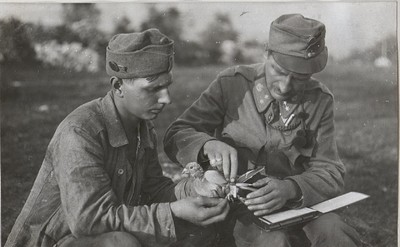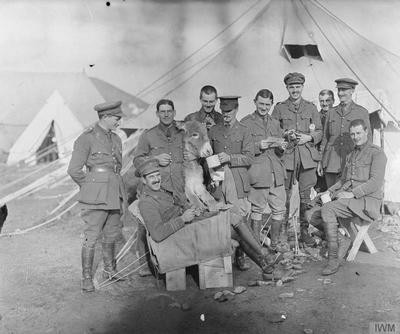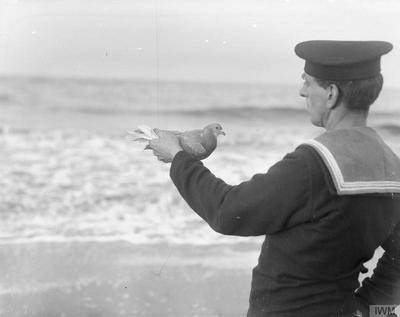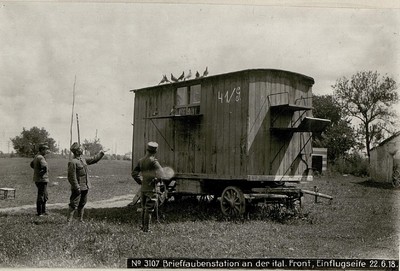This project took shape in 2016 during a seminar dedicated to the presence of animals at the front. Presented to an audience of 500 secondary school students and teachers, the topic was enthusiastically received. Students experienced for the first time a different point of view in First World War studies, while teachers expressed much interest in having more tools at their disposal to refresh their approach history teaching.
“Animals in the Great War” would meet the needs of both teachers and students by providing the former with updated references to be used in developing lessons in the classroom, and the latter with a methodological support to carry out individual work at home.
By looking at the First World War from the standpoint of the animals that took part in the war, thanks also to the different sensibility that today allows us to consider them no longer as mere commodities, offers some undeniable educational advantages:
-
to emancipate the Great War from textbook narrative, often exclusively focused on the European fronts and the defeats or victories of single nations;
-
to favor geographical, linguistic and disciplinary crossovers because teachers of different disciplines (i.e. history, literature, and linguistics) are encouraged to work together in order to develop multidisciplinary courses for their classes;
-
to provide the means to shift the focus to subaltern subjectivities, encouraging a broadening of horizons, not only of the knowledge of a single historical event, but also in looking more widely at the facts that surround us.
Main features and goals of the crowdfunding campaign
"Gli animali nella Grande Guerra"/"Animals in the Great War" will be a bilingual eBook in Italian and English, and available for free download from the Se website.
The eBook will consist of an introductory section dedicated to the general theme and the study tools required for a multidisciplinary teaching approach; and a methodology section dedicated to specific topics such as “the presence of dogs in the war medical service”, “the use of cats in gas detection”, “the employment of pigeons in espionage operations”.
Main sources and suggestions on searching sources on the Web will be provided in the methodology section. A central role will be reserved for the free resources already catalogued in the “Europeana 1914-1918” database, especially photographic resources, which have an immediate impact in attracting students’ attention and could be easily used in developing lessons and aiding individual study. In addition, certain consideration will be given to the wide range of materials listed in “Europeana 1914-1918” although they are not available free of charge.
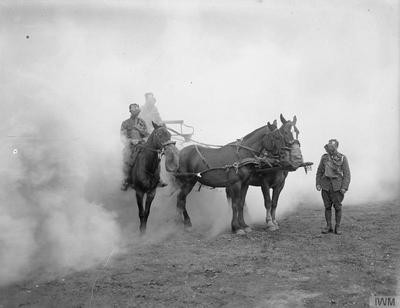
Why this is important
This project is addressed to teachers and students of secondary schools. The standpoint of the animals that took part in the war will be a useful tool to investigate the war and study its history. It will offer some undeniable educational advantages, especially because it will focus on subaltern subjectivities, encouraging a broadening of horizons, not only of the knowledge of a single historical event, but also in looking more widely at the facts that surround us.
Goals of the crowdfunding campaign
In order to produce this eBook, the calculated minimum budget ranges from €7.500,00 up to a maximum of € 10.000,00.
€ 7.500,00 will cover the cost of the professional work required:
- € 3.000,00 researcher,
- € 2.500,00 translator,
- € 2.000,00 copy-editor.
The layout will be created using the open-source platform Booktype, so extra budgetary resources will not be required.
Instead, a budget of € 10.000,00, will enable the annual publication for three years (2019, 2020, 2021) of new specific topics as updates to the first edition of the eBook. These will also be available for free download from the association’s website.
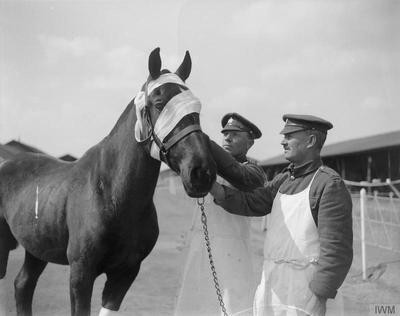
Team and experience
Our team consists of three professionals: a historian, a translator, and a copy-editor.
All collaborate periodically with the cultural association Se and two of them (historian and translator) carry out academic activities at the Universities of Venice and Bologna
















